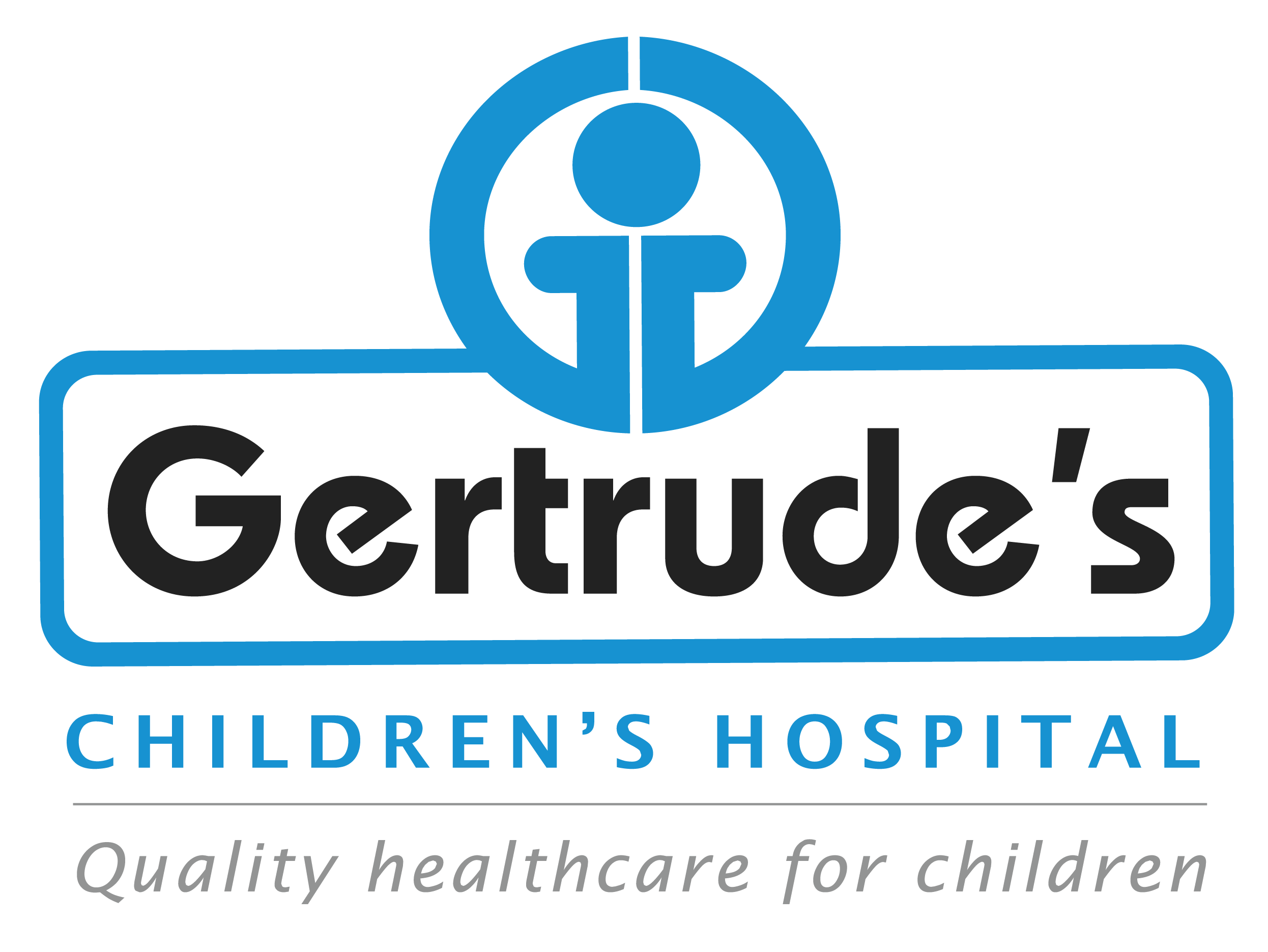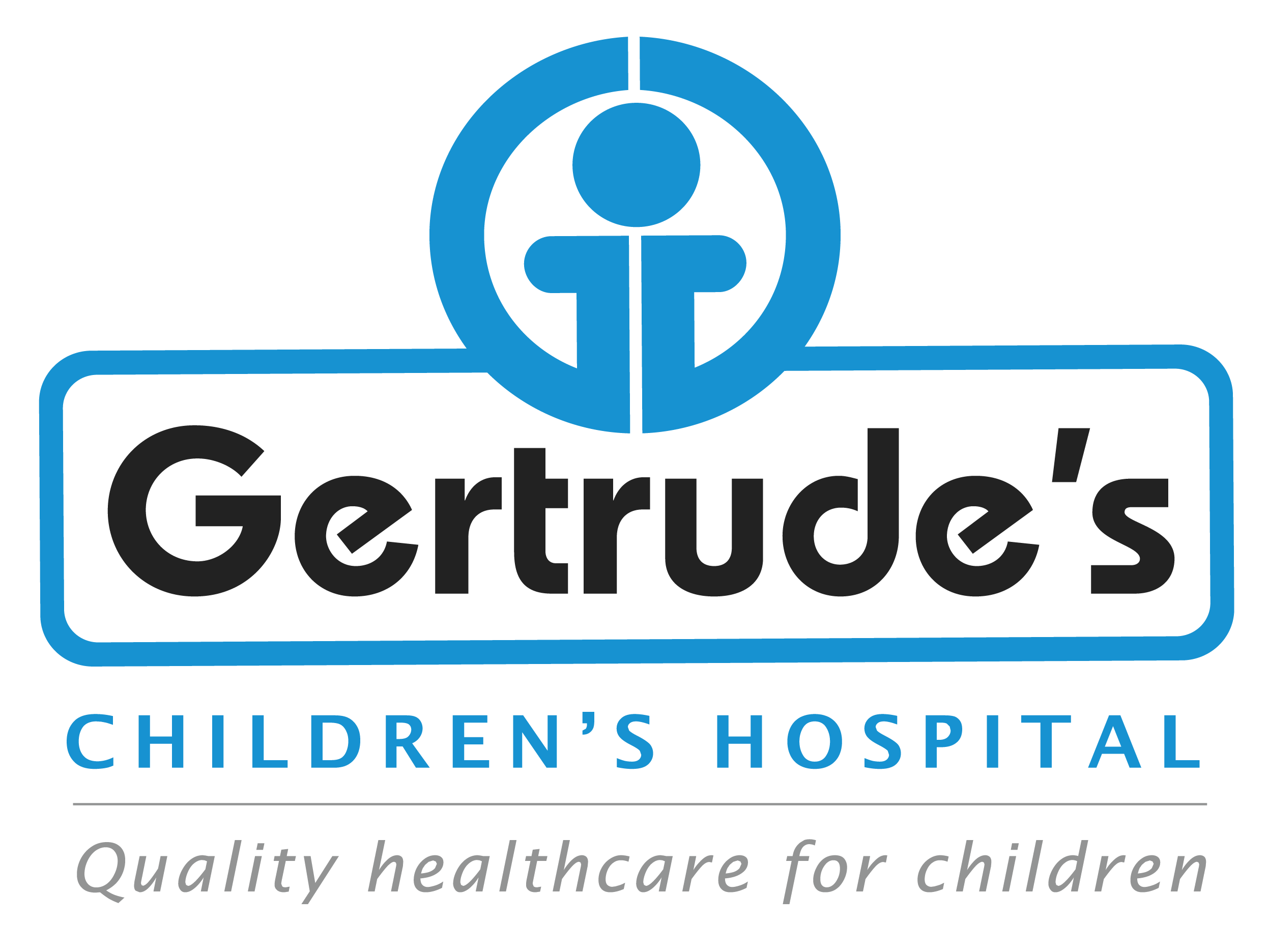Oral warts are benign growths that occur in the mouth, primarily caused by the human papillomavirus (HPV). These warts can appear on various surfaces, including the tongue, gums, lips, and the inside of the cheeks. While they are generally harmless, they can be a source of discomfort and may affect eating or speaking.
Types of Oral Warts
There are several types of warts that can develop in the oral cavity:
• Common Warts: Typically flesh-colored bumps that can appear on the lips and gums. They often resolve on their own within two years.
• Oral Squamous Papilloma: Benign tumors more common in adults aged 30 to 50, appearing on the soft palate, frenulum, and uvula.
• Condyloma Acuminata (Genital Warts): These are pink or white warts with a cauliflower-like surface and can spread through sexual activity.
• Common Warts: Typically flesh-colored bumps that can appear on the lips and gums. They often resolve on their own within two years.
• Oral Squamous Papilloma: Benign tumors more common in adults aged 30 to 50, appearing on the soft palate, frenulum, and uvula.
• Condyloma Acuminata (Genital Warts): These are pink or white warts with a cauliflower-like surface and can spread through sexual activity.
Symptoms
Symptoms of oral warts may include:
• Small, painless bumps in the mouth.
• Changes in texture or color of the affected area.
• Discomfort while eating or speaking if the warts are large.
• Small, painless bumps in the mouth.
• Changes in texture or color of the affected area.
• Discomfort while eating or speaking if the warts are large.
Causes
Oral warts are caused by various strains of HPV. The virus is typically transmitted through:
• Skin-to-Skin Contact: Engaging in oral sex can lead to HPV infection in the mouth.
• Direct Contact with Warts: Touching a wart and then touching your mouth can introduce the virus.
• Skin-to-Skin Contact: Engaging in oral sex can lead to HPV infection in the mouth.
• Direct Contact with Warts: Touching a wart and then touching your mouth can introduce the virus.
Diagnosis
Diagnosis of oral warts usually involves:
• Physical Examination: A healthcare provider will inspect the lesions in the mouth.
• Medical History: Discussing any potential exposure to HPV or symptoms experienced.
• Biopsy: In some cases, a biopsy may be performed to confirm the diagnosis and rule out other conditions.
• Physical Examination: A healthcare provider will inspect the lesions in the mouth.
• Medical History: Discussing any potential exposure to HPV or symptoms experienced.
• Biopsy: In some cases, a biopsy may be performed to confirm the diagnosis and rule out other conditions.
Treatment Options
While many oral warts do not require treatment and may resolve on their own, options for removal include:
• Cryotherapy: Freezing the wart with liquid nitrogen to destroy abnormal tissue.
• Electrosurgery: Using high-frequency electric currents to remove warts.
• Surgical Removal: In some cases, healthcare providers may surgically excise warts from the mouth.
• Topical Treatments: Trichloroacetic acid has been shown to be effective for removing oral warts.
• Cryotherapy: Freezing the wart with liquid nitrogen to destroy abnormal tissue.
• Electrosurgery: Using high-frequency electric currents to remove warts.
• Surgical Removal: In some cases, healthcare providers may surgically excise warts from the mouth.
• Topical Treatments: Trichloroacetic acid has been shown to be effective for removing oral warts.
Frequently Asked Questions
Q: Are oral warts contagious?
A: Yes, oral warts can be contagious as they are caused by HPV, which can be transmitted through skin-to-skin contact.
Q: How long do oral warts last?
A: Many oral warts resolve on their own within a few months to two years; however, some may persist longer without treatment.
Q: Can oral warts lead to cancer?
A: Most strains of HPV that cause warts are considered low-risk and rarely lead to cancer. However, certain high-risk strains can be associated with oropharyngeal cancers.
Contact
Please feel free to contact us with any general or medical enquiry by calling us.





